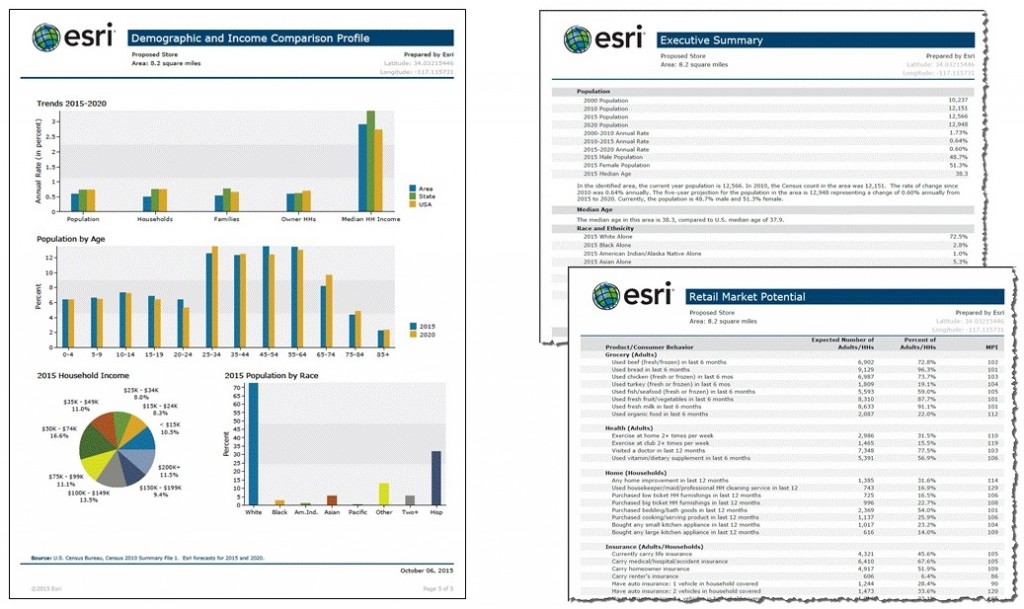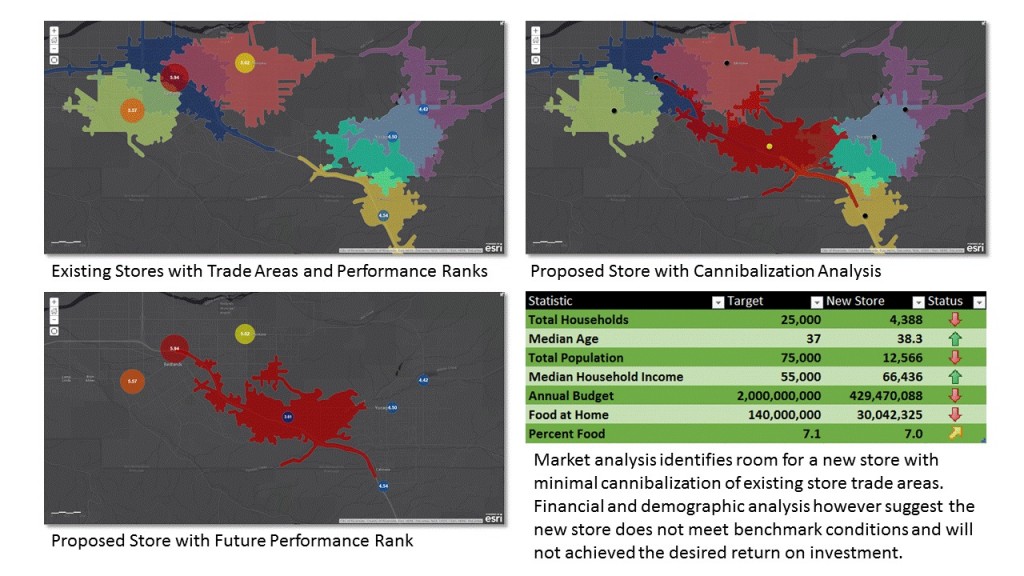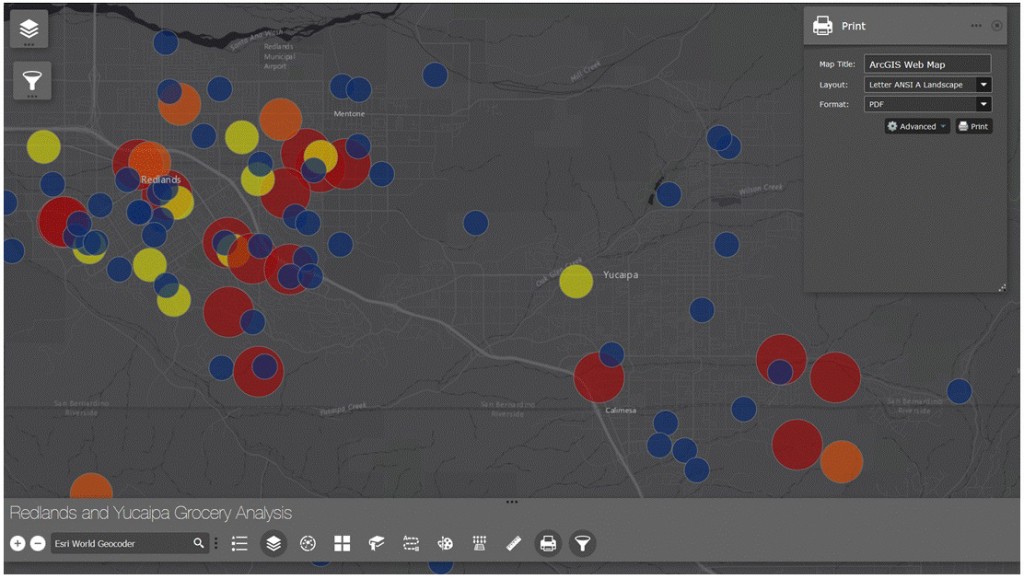I work with amazing people in real estate. They’re dedicated, intelligent, and talented yet I’m constantly surprised by how much their careers and prosperity vary. It isn’t that anyone is more ambitious than the others or that they have more to begin with. What I’ve noticed is that those who excel learn what really works and keep learning. We all heard Thomas Edison’s quote that “Success is 10 percent inspiration and 90 percent perspiration.” But does it have to be that way? I don’t think it does. For me, Edison’s less famous quote “Opportunity is missed by most people because it looks like work” is much more revealing. Let me explain why.
What is the difference?
The difference in these two outlooks lies in how you regard the application of learning, a.k.a. your knowledge, experience, and habits. Every day we use information to get ahead in business and information is the root of success. Unfortunately we can lose sight of what we don’t know, what information we don’t have, and suddenly we are not succeeding. We’re outperformed and outsmarted by those we should beat.

It doesn’t need to be like this.
Think about the fact that every business decision in real estate needs to be made in the context of location. Yes we have financial data and other factors which influence our decisions, and those of our competitors, but when you boil it down every decision is made subject to location, location, location. What we are talking about isn’t location data, it’s a location strategy.
Fooled into complacency
Think about what you really need for clients to close the deal. What is it they actually care about? It’s not inches of paper reports with demographics and lifestyle it’s how that fits to your client’s ambition and plans for the property. It’s not measured by thickness, it’s measured by the quality of your understanding and ability to communicate that. With all the data floating around, we’ve become complacent. We think people will “just get it”. Easy access to data has led many of us into a false sense of security about its value.
What really matters is how you use information and insight to make the biggest impact on your client. Show them that you can bring value because you can apply your knowledge to show them what they can learn from your understanding.

Share and reuse you best strategies
Nothing is more frustrating than not being on the same page. You hate having to do the same work over and over again, and I know how frustrating it is to always think you’re starting from scratch on every deal. By capturing workflows and what location-based insights really impact the deal, you can more quickly benchmark and get to what matters. Previously you’ve been tempted to created lots of “evidence” measured by inches not impact. Now you can automate how you make decisions, measure and tune your ideas so you can spend more time on working out the best deal rather than having your team assembling data. If you can’t easily understand what the deal looks like, how can your clients?

Next time your client asks why, don’t be afraid to show them why right away. With a location strategy, you line up your data and the answers to questions so you can access it one-on-one with your clients. At worse, you need to invest a little more time and effort to make something new which you immediately email to them, instead of going back to the office or waiting days for materials. It’s not just about capturing the ingredients of what works, or blindly following an instruction list. A location strategy learns with you. It enables you to capture what goes together and why. You are apprenticing your own knowledge and it’s giving you back wonderful creations.
An investment in success
Does all this matter? Yes, a lot. I can’t promise that you’ll be an instant success just because you started using a location strategy. What I can guarantee you is that Esri has worked with the best practitioners and real estate’s brightest minds to create the ingredients and recipes for success. If and how you use them is up to you. I do know, however, that there are already thousands who are putting together their own location strategy, and their own success menu based on these recipes.
insider